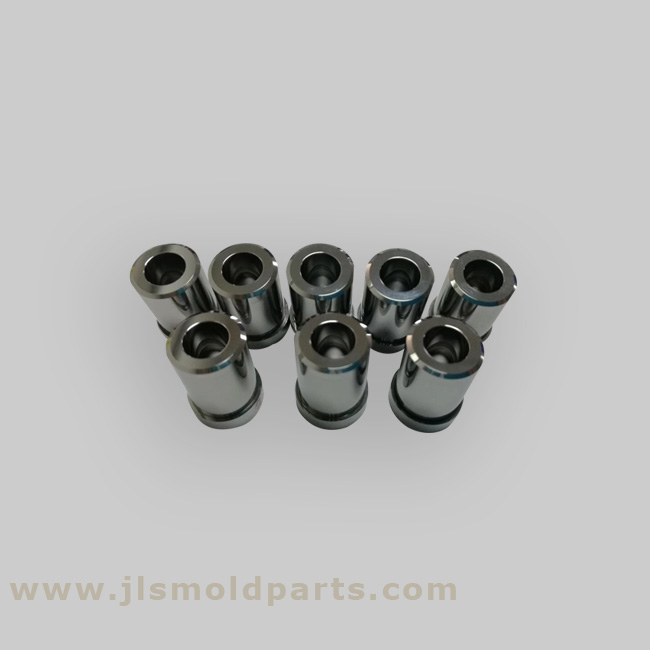 Tungsten Carbide Die is an ideal choice for steel wire and other large-size wire drawing applications. Each of our products is manufactured with expert technology and strict quality measurements. Our standard tungsten carbide dies and tools can be customized to your specifications. We also offer completely custom products based on your engineering drawings/requirements. Dongguan JLS Precision manufactures a vast array of tungsten carbide dies. Although we have a lot of standard products that can be customized to your specifications, we also offer completely custom tooling based on your technical drawings. So, if you do not happen to find the product you are looking for, please contact our sales department to see if we can meet your tooling needs. We are committed to providing competitive and quality hardened steel bushings that meet or exceed our customer’s requirements. We will meet these levels of quality through a total commitment both in management and our skilled workforce for continuous improvement.
Tungsten Carbide Die is an ideal choice for steel wire and other large-size wire drawing applications. Each of our products is manufactured with expert technology and strict quality measurements. Our standard tungsten carbide dies and tools can be customized to your specifications. We also offer completely custom products based on your engineering drawings/requirements. Dongguan JLS Precision manufactures a vast array of tungsten carbide dies. Although we have a lot of standard products that can be customized to your specifications, we also offer completely custom tooling based on your technical drawings. So, if you do not happen to find the product you are looking for, please contact our sales department to see if we can meet your tooling needs. We are committed to providing competitive and quality hardened steel bushings that meet or exceed our customer’s requirements. We will meet these levels of quality through a total commitment both in management and our skilled workforce for continuous improvement.
Cemented carbides have a relatively good balance of hardness and toughness, and have also abrasion resistance and heat resistance. Therefore, they are widely used in cutting tools, blasting nozzles, drawing or extrusion dies, seal rings, and a variety of wear-resistant structure parts, etc. In general, cemented carbides consist of a hard phase (primarily tungsten carbide WC) and a binder phase (primarily cobalt Co).
The friction and wear behaviors of WC/Co cemented carbide tool materials with average WC grain sizes ranging from 0.6 to 2.2 μm were evaluated in ambient air at temperatures up to 600 °C using a ball-on-disk high-temperature tribometer. The friction coefficient and wear rate were measured. The microstructural changes and the wear surface features of the WC/Co cemented carbides were examined by scanning electron microscopy. Results showed that the friction coefficient of WC/Co cemented carbides decreased with the increase of test temperature. All the tested samples showed the highest friction coefficient when sliding at 200 °C, and exhibited the lowest friction coefficient in the case of 600 °C. The wear rate of WC/Co cemented carbides increased with the increase of test temperature. The cemented carbide with the smallest WC grain size showed improved wear resistance at temperature up to 600 °C, which corresponds to its higher value of hardness. The difference of the work surface features of the WC/Co cemented carbide after sliding at different temperatures is related to the chemical transformation during sliding wear tests. Abrasion and grain cracking seemed to be the main wear types at a temperature less than 200 °C, the wear owing to binder removal by plastic deformation and grain pull out were suggested to be the main wear mechanism at an intermediate temperature, while the mechanism of oxidative wear dominated at 600 °C.





